The Fiery Trial (29 page)

Abraham Lincoln in a photograph taken on May 7, 1858. Earlier that day, wearing the same white suit, he argued a case in court. (Picture History)
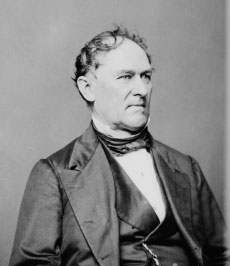
Orville H. Browning, who served in the Illinois legislature with Lincoln and became a leading conservative Republican. (Courtesy of the Library of Congress)
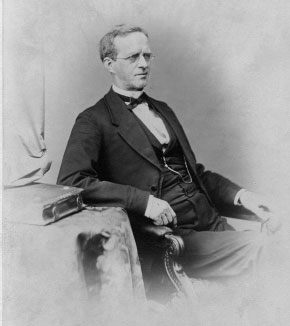
Lyman Trumbull, elected in 1855 to a Senate seat sought by Lincoln and chairman of the Senate Judiciary Committee during the Civil War. (Chicago History Museum, ICHi-24885)
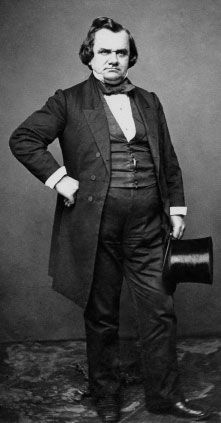
Lincoln’s great antagonist, Stephen A. Douglas. (Picture History)
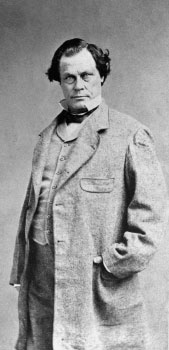
Owen Lovejoy, brother of the murdered abolitionist editor Elijah P. Lovejoy, leader of the Illinois Radical Republicans, and Lincoln’s political ally during the 1850 s and Civil War. (Courtesy National Archives, photo no. 111-BA-1128)

The Railsplitter, an 1860 painting by an unknown artist, portrays Lincoln as a symbol of northern free labor, emphasizing his humble origins even though by this time he had achieved middle-class status as an attorney. The flatboat on the river recalls Lincoln’s early journeys to New Orleans. The painting was displayed during the campaign; the White House is barely visible in the background, just above the boat. (Chicago History Museum, ICHi-52428)

An 1860 campaign placard. The images and text emphasize Lincoln’s commitment to justice, the Union, the Constitution, and liberty. (Courtesy of the Library of Congress)

The Dis-United States,
a cartoon published the day after the attack on Fort Sumter, shows a black man, depicted in the racist imagery common at the time, tearing a map of the United States, suggesting that slavery is the cause of the nation’s disintegration. (Provided courtesy HarpWeek, LLC.)

Stampede of Slaves from Hampton to Fortress Monroe,
a depiction of slaves seeking refuge at the Virginia fort where General Benjamin F. Butler initiated wartime emancipation by declaring fugitives “contraband of war” and refusing to return them to their owners. (Provided courtesy HarpWeek, LLC.)
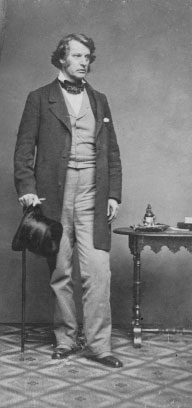
Charles Sumner, leader of the Radical Republicans in Congress who pressed for emancipation from the outset of the Civil War. (Chicago History Museum, ICHi-52582)
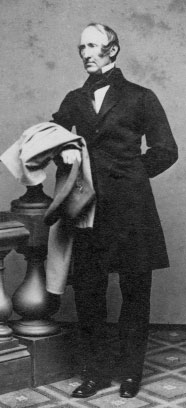
Wendell Phillips, the celebrated abolitionist orator and Lincoln’s frequent critic, who met with Lincoln in March 1862 to argue the case for emancipation. (Chicago History Museum, ICHi-52581)

First Reading of the Emancipation Proclamation of President Lincoln.
An 1864 painting by Francis B. Carpenter that commemorates the moment on July 22, 1862, when Lincoln presented an emancipation order to his cabinet. At the advice of Secretary of State William H. Seward and others, he postponed issuing it until September. From left to right, those pictured are Secretary of War Edwin M. Stanton, Secretary of the Treasury Salmon P. Chase, Lincoln, Secretary of the Navy Gideon Welles, Secretary of the Interior Caleb B. Smith, Seward, Postmaster General Montgomery Blair, and Attorney General Edward Bates. The artist also includes a portrait of Andrew Jackson (on the far left wall); a copy of the Constitution (on the table); a military map of Virginia (before Bates); and a map showing the distribution of the slave population (lower right corner). The Cabinet is arranged by political outlook, with Radicals on the left and more conservative members on the right. Chase later complained that the painting gave too much emphasis to Seward. (U.S. Senate Collection)